Home>Garden Essentials>How To Harvest Wheatgrass Seeds
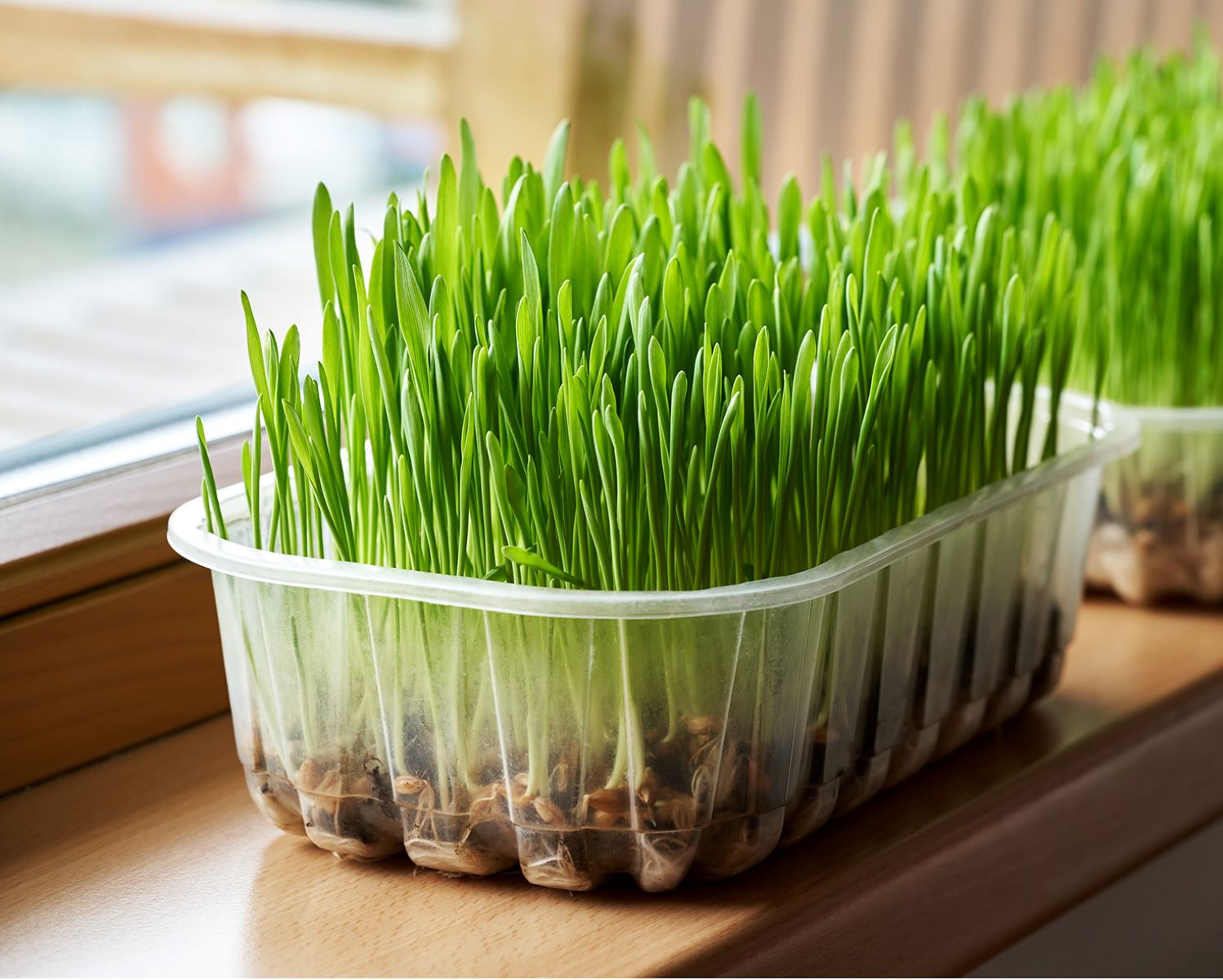

Garden Essentials
How To Harvest Wheatgrass Seeds
Modified: March 16, 2024
Learn how to harvest wheatgrass seeds in your garden and enjoy the benefits of this nutritious superfood.
(Many of the links in this article redirect to a specific reviewed product. Your purchase of these products through affiliate links helps to generate commission for Storables.com, at no extra cost. Learn more)
Introduction
Wheatgrass, with its vibrant green color and numerous health benefits, has gained popularity as a superfood in recent years. While many people consume wheatgrass in the form of juice or powder, did you know that you can also harvest wheatgrass seeds?
Harvesting wheatgrass seeds allows you to grow your own wheatgrass at home, saving money and ensuring a fresh supply. In addition, growing wheatgrass from seeds provides a sense of satisfaction and a deeper connection to the growing process. In this article, we will delve into the world of wheatgrass seeds and guide you on how to harvest them.
Before we dive into the process of harvesting wheatgrass seeds, let’s first understand what exactly wheatgrass seeds are and why they are worth harvesting.
Key Takeaways:
- Harvesting wheatgrass seeds allows you to grow your own superfood at home, providing a fresh and nutritious supply while connecting with nature.
- By preparing, harvesting, cleaning, and storing wheatgrass seeds properly, you can enjoy the satisfaction of nurturing nature’s superfood in your own garden.
Read more: How To Plant Wheatgrass Seeds
Understanding Wheatgrass Seeds
Wheatgrass seeds, also known as wheat berries, are the tiny, oval-shaped seeds produced by the common wheat plant (Triticum aestivum). These seeds contain all the genetic material required to grow a new wheatgrass plant.
Wheatgrass is harvested when it reaches the jointing stage, which is when the plant has formed several stems and is about 5-6 inches tall. At this stage, the plant is rich in nutrients and enzymes, making it an ideal time to harvest the seeds.
Harvesting wheatgrass seeds not only allows you to grow your own wheatgrass, but it also gives you access to a treasure trove of nutritional benefits. Wheatgrass is packed with vitamins, minerals, antioxidants, and chlorophyll, which can support your immune system, aid in digestion, detoxify the body, and promote overall health and well-being.
Now that you have a basic understanding of wheatgrass seeds and their benefits, let’s move on to the next step: preparing for the harvest.
Preparing for Harvesting
Before you begin the process of harvesting wheatgrass seeds, it’s important to make sure you have everything you need and set the stage for a successful harvest. Here are a few key steps to prepare for the harvest:
- Choose a Suitable Growing Area: Select an area in your garden or a raised bed that receives ample sunlight and has well-draining soil. Wheatgrass thrives in full sun, so choose a spot that gets at least 6-8 hours of direct sunlight each day.
- Prepare the Soil: Ensure the soil is fertile and free of weeds. You can add organic matter, such as compost or well-rotted manure, to enrich the soil and provide the necessary nutrients for the wheatgrass to grow.
- Sow the Wheatgrass Seeds: Sprinkle the wheatgrass seeds evenly over the prepared soil. Gently press them into the soil, but do not bury them too deep. A shallow depth of about half an inch is sufficient.
- Water the Seeds: After sowing the seeds, give them a good watering to ensure they are properly hydrated. Keep the soil moist throughout the growing period, but be careful not to overwater as this can cause the seeds to rot.
- Protect from Pests: Take measures to protect your wheatgrass from pests such as birds and rodents. You can cover the area with a mesh or use deterrents like netting or scare devices.
By following these preparatory steps, you will create an optimal environment for your wheatgrass seeds to germinate and grow. In the next section, we will discuss the ideal time to harvest the wheatgrass seeds.
Choosing the Right Time
Timing is crucial when it comes to harvesting wheatgrass seeds. You want to ensure that the seeds have reached their full maturity before harvesting them. This will guarantee that the seeds have developed enough to germinate and grow into healthy wheatgrass plants.
The ideal time to harvest wheatgrass seeds is when the plants have completed the jointing stage. At this stage, the plants will have formed multiple stems, and their height will be around 5-6 inches. This is typically around 10-14 days after sowing the seeds.
One way to determine if the wheatgrass seeds are ready for harvest is by examining the plants closely. The tips of the stems should have started to turn yellow or brown, indicating that the seeds inside are fully matured. You can also gently rub the seed heads between your fingers to check if the seeds are firm and hard.
It’s important not to wait too long to harvest the wheatgrass seeds, as they may start to disperse naturally. Waiting until the seeds fall off on their own can lead to losses and difficulties in collecting them. Harvesting at the right time ensures that you obtain the maximum yield of viable seeds.
Once you have determined that the wheatgrass seeds are ready for harvest, gather the necessary tools and materials to aid in the harvesting process. We will discuss these in the next section.
Tools and Materials Needed
Harvesting wheatgrass seeds requires some basic tools and materials to make the process easier and more efficient. Here are the tools and materials you will need:
- Gloves: A pair of gardening gloves will protect your hands from potential prickly or sharp parts of the wheatgrass plants.
- Garden Scissors or Shears: These tools will be used to cut the mature seed heads from the wheatgrass plants. Make sure the scissors or shears are sharp for clean cuts.
- Buckets or Containers: Use sturdy buckets or containers to collect the cut seed heads. Make sure they are clean and dry to prevent any contamination.
- Mesh or Fine Sieve: A mesh or fine sieve will be used to separate the seeds from the rest of the plant material. This will help in cleaning the seeds later on.
- Storage Containers: Have airtight containers or glass jars ready for storing the harvested wheatgrass seeds. Make sure the containers are clean and dry before use.
- Labels and Marker: It’s a good idea to label your storage containers with the date of harvest and the variety of wheatgrass seeds. This will help you keep track of the freshness and type of seeds.
Having these tools and materials on hand will ensure a smooth and organized harvesting process. Once you have gathered everything you need, you are ready to proceed with harvesting the wheatgrass seeds, which we will explore in the next section.
When harvesting wheatgrass seeds, wait until the seeds are fully mature and dry on the plant. Cut the seed heads and hang them upside down in a paper bag to catch the seeds as they fall. Store the seeds in a cool, dry place for future use.
Read more: How To Harvest Snapdragon Seeds
Harvesting Wheatgrass Seeds
Now that you have prepared the growing area, identified the right time for harvest, and gathered the necessary tools, it’s time to start harvesting the wheatgrass seeds. Follow these steps to ensure a successful harvest:
- Select the Dried Seed Heads: Look for mature wheatgrass seed heads that have turned yellow or brown and appear dry. These seed heads contain the fully matured seeds that are ready for harvesting.
- Cut the Seed Heads: Using garden scissors or shears, cut the seed heads from the wheatgrass plants. Make clean cuts at the base of the seed heads to ensure you collect the entire head without damaging the seeds.
- Collect the Seed Heads: Place the cut seed heads in your buckets or containers. Continue cutting and collecting the seed heads until you have harvested all the mature ones from your wheatgrass plants.
- Separate the Seeds: Once you have collected all the seed heads, it’s time to separate the seeds from the rest of the plant material. Gently rub the seed heads between your hands or against a mesh or fine sieve to release the seeds.
- Remove Chaff and Debris: After separating the seeds, you may notice some chaff or other plant debris mixed in. Use your hands or a fine sieve to remove any unwanted material, ensuring that you are left with clean and pure wheatgrass seeds.
By following these steps, you will successfully harvest the wheatgrass seeds from your plants. The next step is to clean and dry the seeds for proper storage, which we will discuss in the following section.
Cleaning and Drying the Seeds
After harvesting the wheatgrass seeds, it’s important to clean and dry them properly before storing them. This process helps remove any remaining debris and moisture, ensuring that the seeds remain in optimal condition. Follow these steps to clean and dry your harvested wheatgrass seeds:
- Rinse the Seeds: Place the harvested seeds in a fine sieve or colander and rinse them under running water. Gently swish the seeds around to remove any remaining chaff, dirt, or impurities.
- Spread the Seeds: After rinsing, spread the seeds out on a clean, dry surface such as a tray or baking sheet. Make sure they are spread out evenly and not clumped together.
- Air Dry the Seeds: Allow the seeds to air dry naturally in a well-ventilated area, away from direct sunlight or excessive heat. Stir or gently toss the seeds occasionally to ensure even drying and prevent them from sticking together.
- Check for Dryness: After a few days, check the seeds for dryness. They should feel firm and dry to the touch. If any seeds still feel moist or soft, continue the drying process until they are completely dry.
- Remove Remaining Debris: Once the seeds are fully dry, inspect them closely for any remaining debris. Use your hands or a fine sieve to remove any unwanted material that may still be present.
Properly cleaning and drying the harvested wheatgrass seeds will help extend their shelf life and prevent any potential mold or rot. Once the seeds are clean and dry, it’s time to store them properly for future use, which we will discuss in the next section.
Storing Wheatgrass Seeds
Proper storage is crucial to ensure the longevity and viability of your harvested wheatgrass seeds. Follow these guidelines to store your seeds correctly:
- Use Airtight Containers: Transfer the cleaned and dry wheatgrass seeds into airtight containers or glass jars. The containers should have a tight-fitting lid to prevent air and moisture from entering.
- Add Desiccant: Include a desiccant packet or a small sachet of silica gel in the containers to absorb any remaining moisture and help maintain the seeds’ dryness.
- Label and Date: Label each container with the date of harvest and the variety of wheatgrass seeds. This information will assist you in keeping track of the freshness and type of seeds.
- Store in a Cool, Dark Place: Find a cool and dark location for storing the containers. A pantry or a cupboard away from direct sunlight or heat sources is ideal. The storage area should also be well-ventilated.
- Avoid Temperature Fluctuations: Wheatgrass seeds are sensitive to temperature changes. It’s important to keep them in a consistently cool environment to maintain their viability. Avoid storing them in areas prone to temperature fluctuations, such as near windows or heating vents.
- Check and Rotate: Periodically check your stored seeds for any signs of moisture or mold. If you notice any issues, remove the affected seeds and ensure the remaining ones are dry and in good condition. It is also a good practice to rotate your stock by using the oldest seeds first.
By following these storage recommendations, you can preserve the quality of your harvested wheatgrass seeds for an extended period. When properly stored, wheatgrass seeds can remain viable for up to a year.
Congratulations! You have learned how to harvest, clean, dry, and store wheatgrass seeds. With your newfound knowledge, you can enjoy a fresh supply of wheatgrass and share the benefits with family and friends. Happy harvesting!
Conclusion
Harvesting wheatgrass seeds allows you to enjoy the benefits of this nutritious superfood while also connecting with the growing process. With a few simple steps and the right tools, you can successfully harvest, clean, dry, and store your own wheatgrass seeds.
Understanding the life cycle of wheatgrass plants and choosing the right time to harvest is essential for obtaining mature seeds. By preparing your growing area and providing optimal growing conditions, you set the stage for a successful harvest.
Having the necessary tools, such as gloves, scissors, and containers, makes the harvesting process more efficient. Once you have collected the seed heads, separating the seeds and removing any debris ensures that you have clean and pure wheatgrass seeds.
Cleaning and drying the harvested seeds properly prevents them from spoiling and preserves their viability. Once dried, storing the seeds in a cool, dark, and airtight container ensures their freshness and longevity.
By following these steps, you can enjoy a fresh supply of wheatgrass seeds for growing your own wheatgrass at home. Whether you use it for juicing, sprouting, or adding to your favorite recipes, the benefits of wheatgrass are within your reach.
So, get ready to experience the satisfaction of growing your own wheatgrass and reaping the health benefits it offers. Start the journey of harvesting wheatgrass seeds, and embrace the joy of nurturing nature’s superfood right in your own backyard or garden.
Frequently Asked Questions about How To Harvest Wheatgrass Seeds
Was this page helpful?
At Storables.com, we guarantee accurate and reliable information. Our content, validated by Expert Board Contributors, is crafted following stringent Editorial Policies. We're committed to providing you with well-researched, expert-backed insights for all your informational needs.
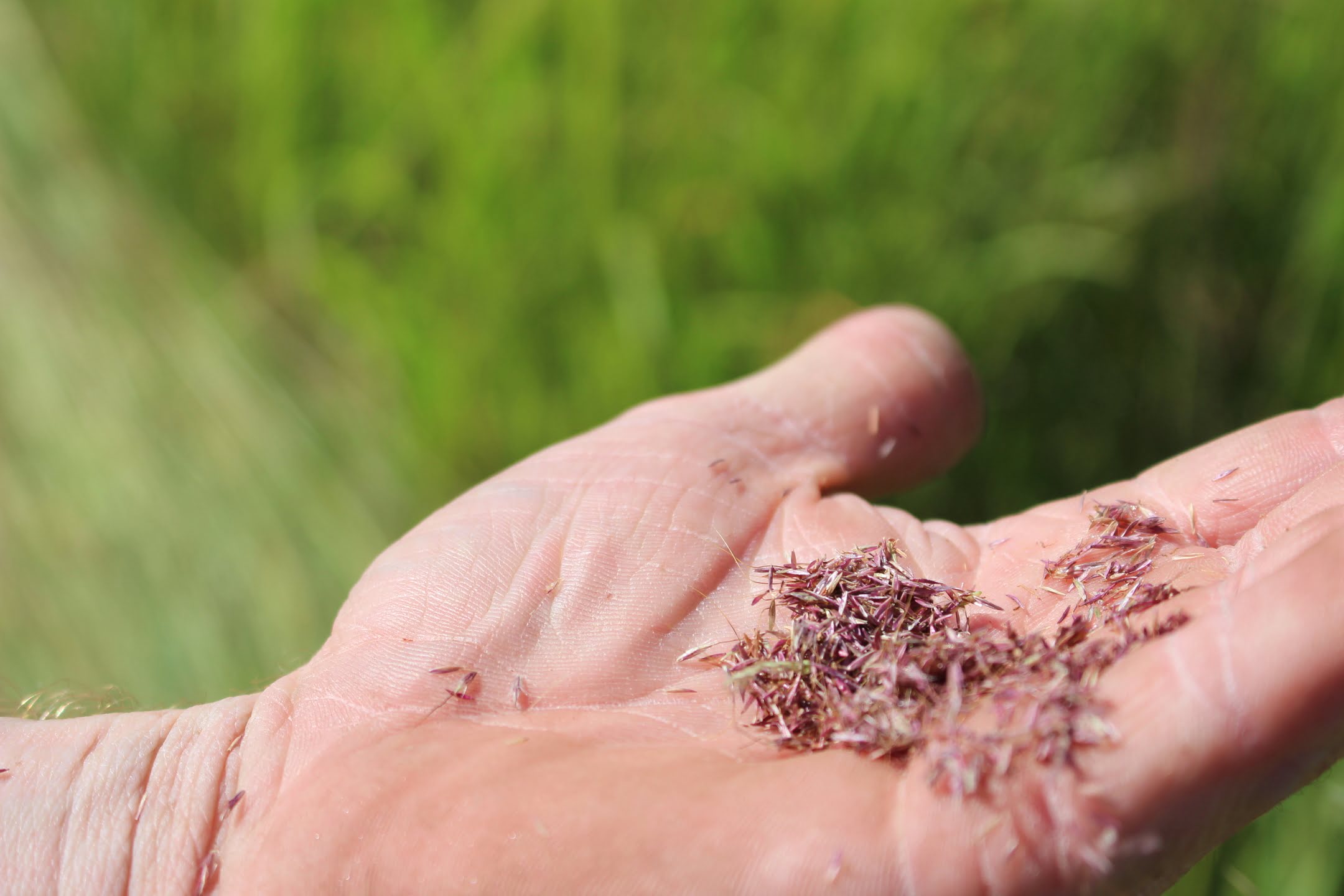
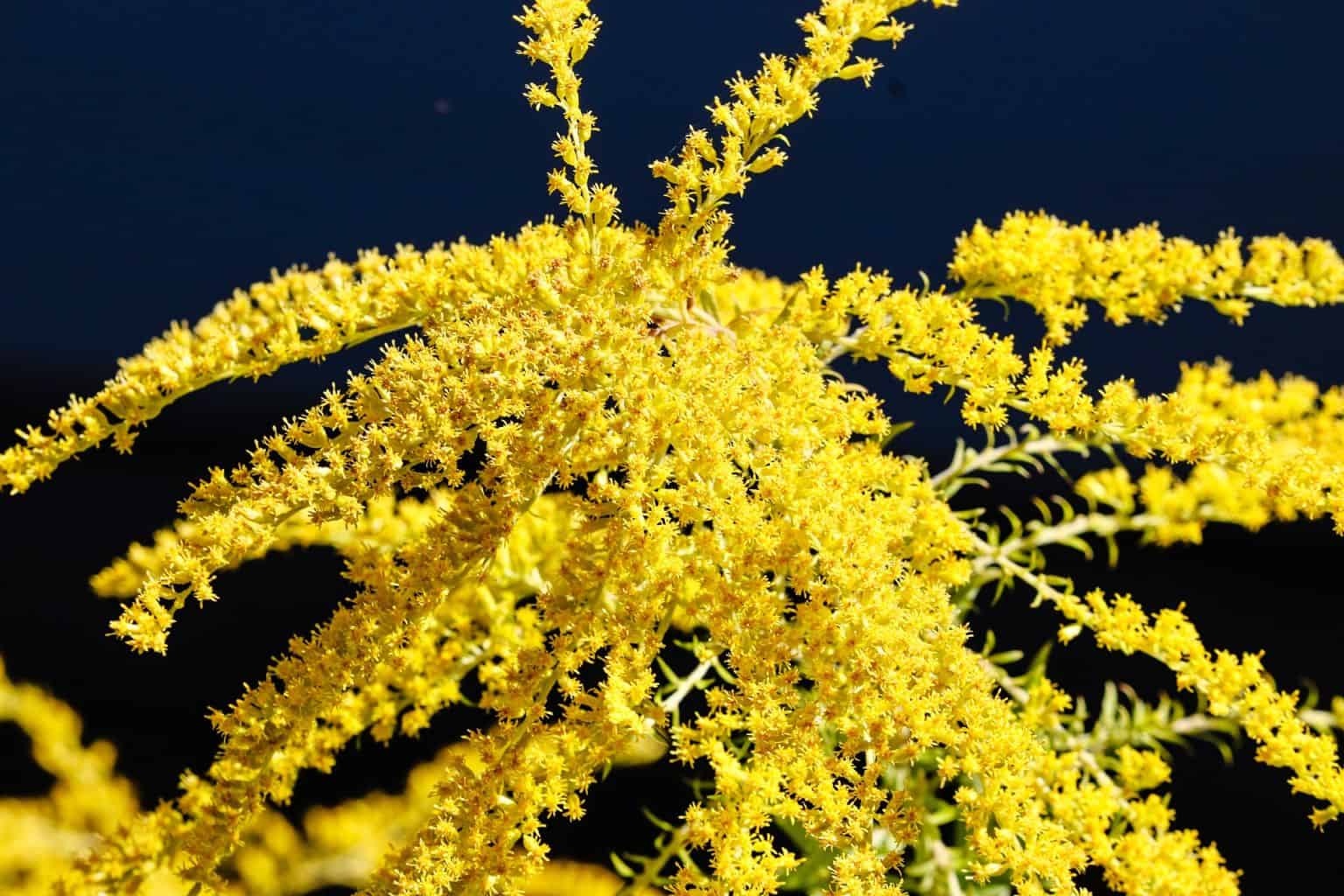
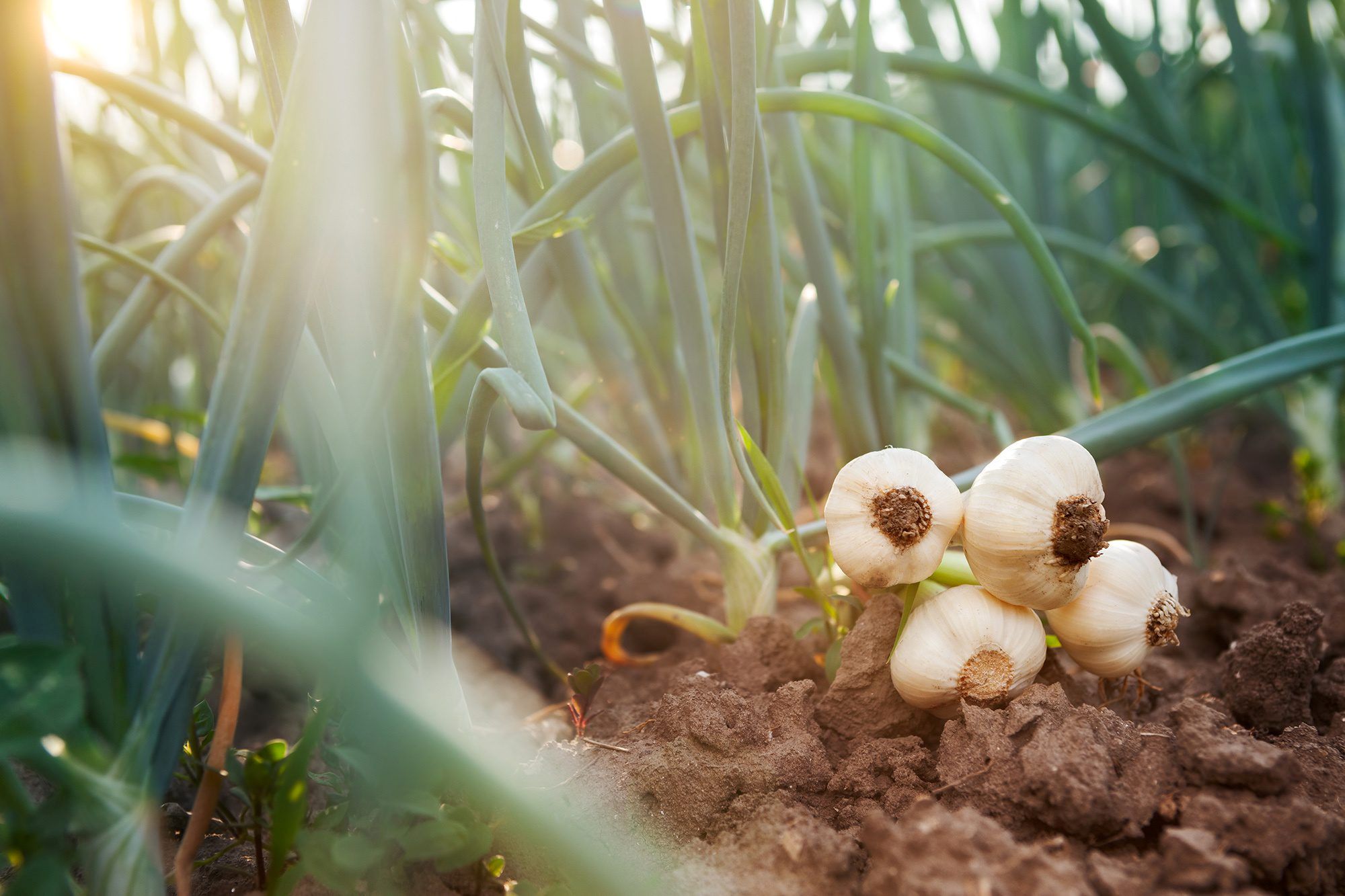
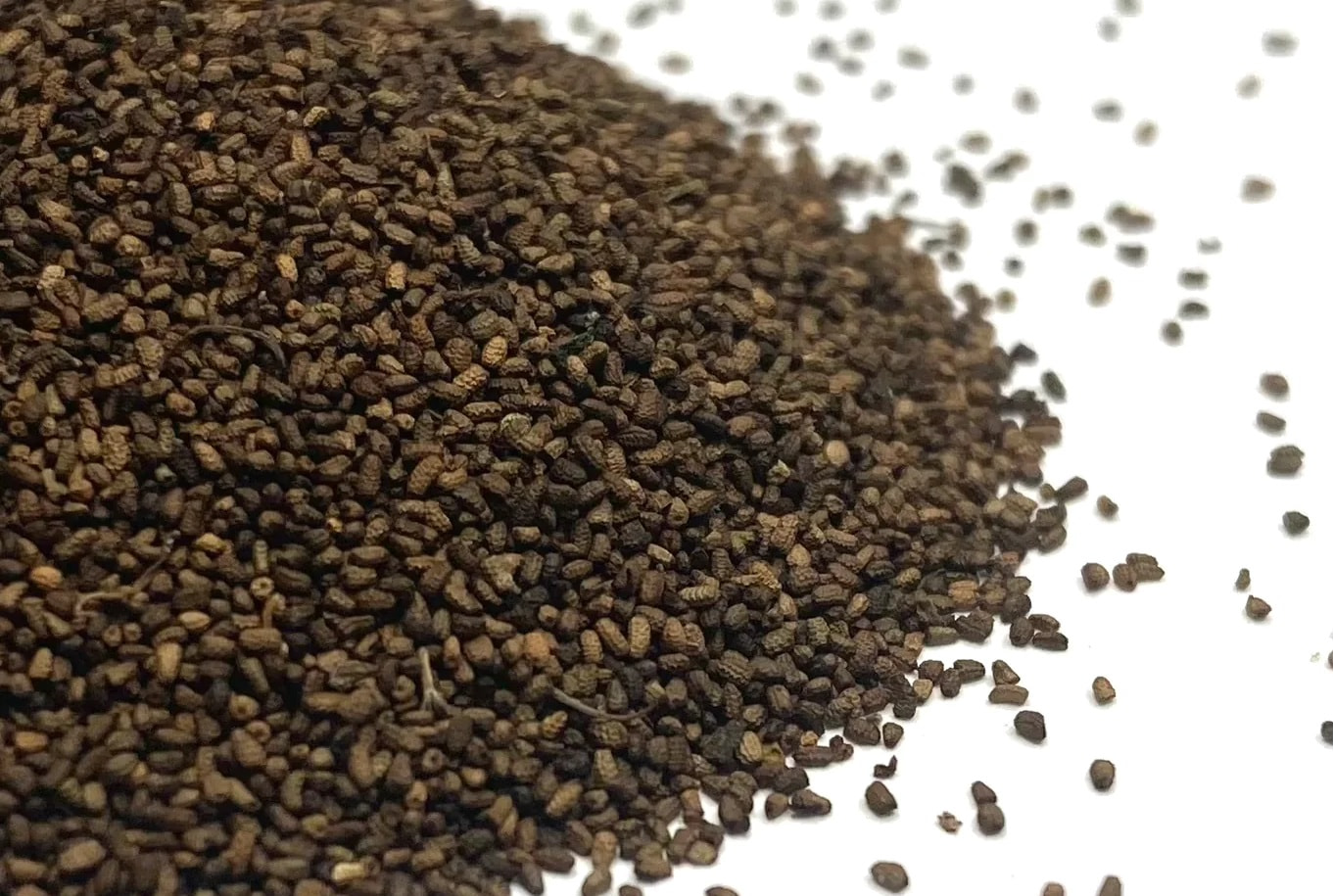
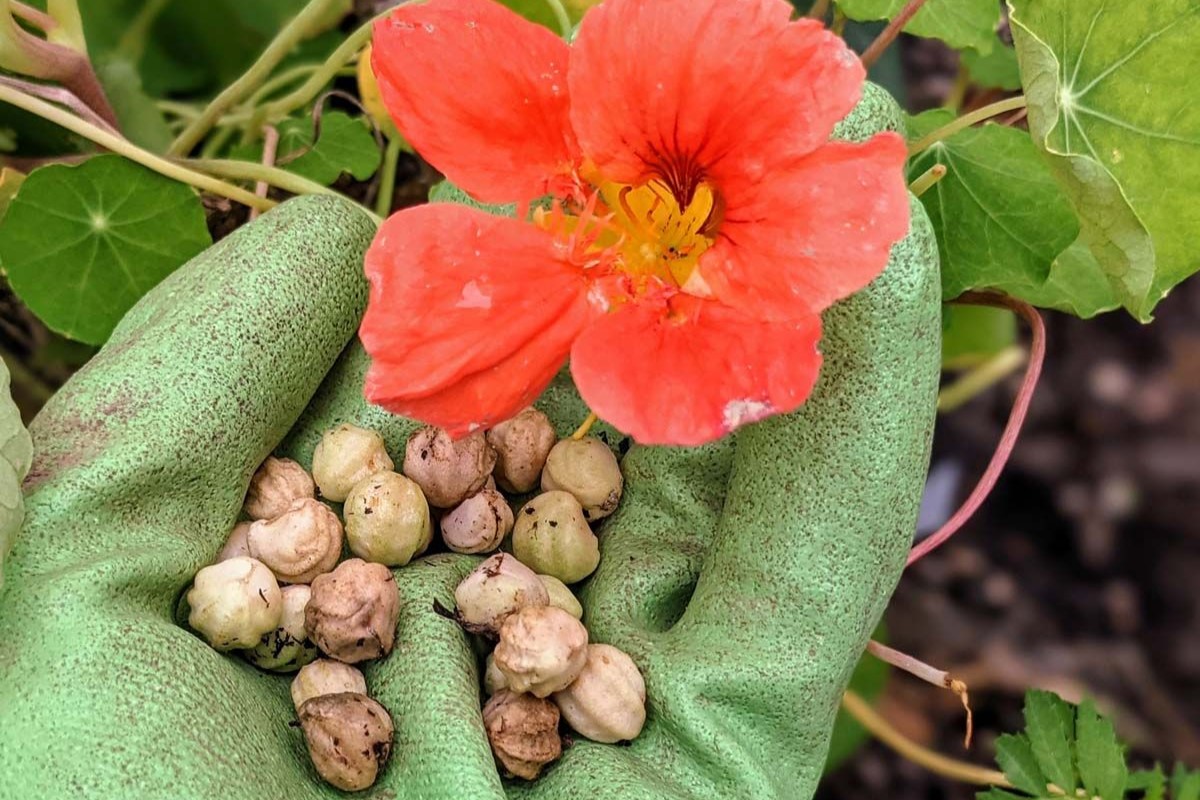
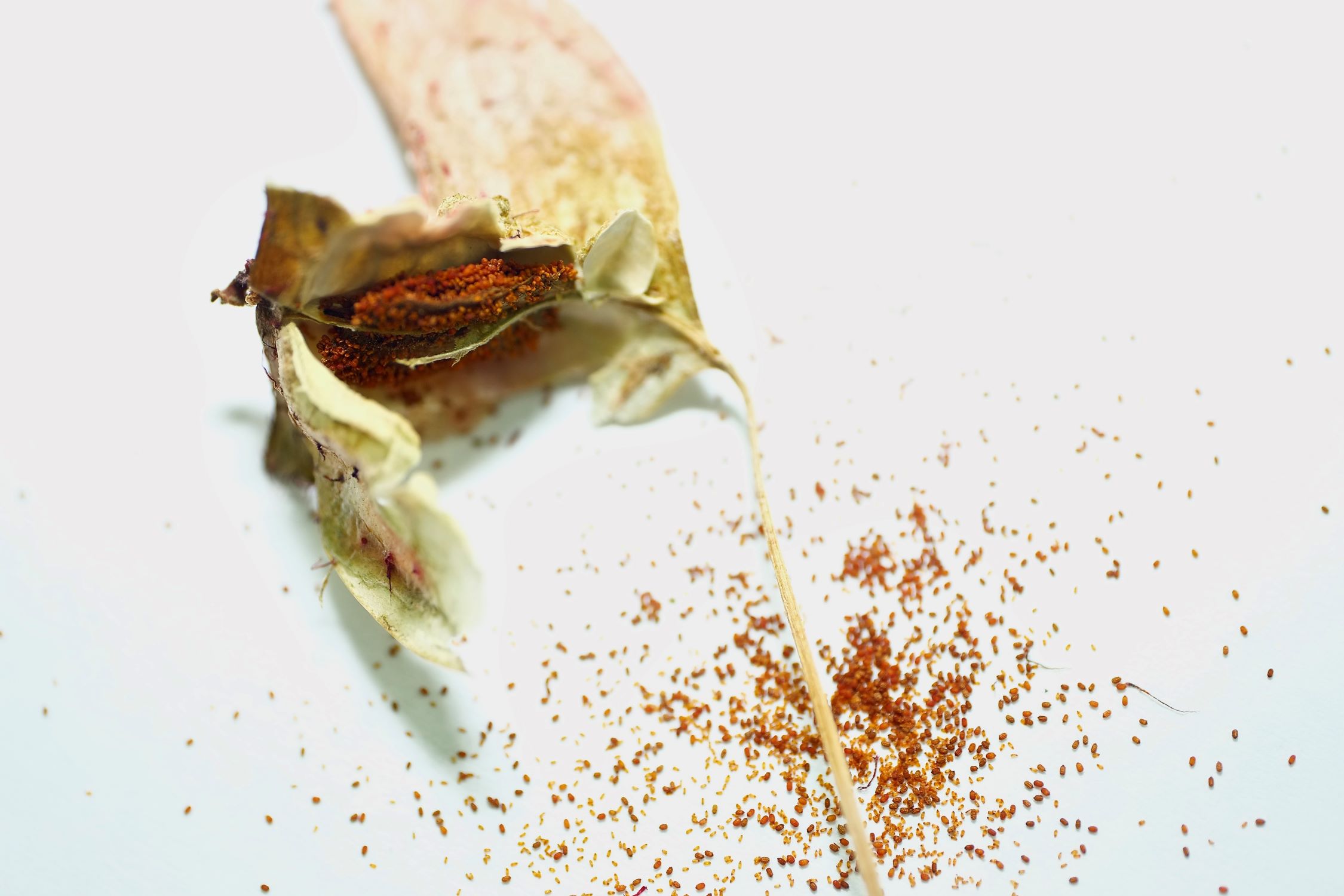
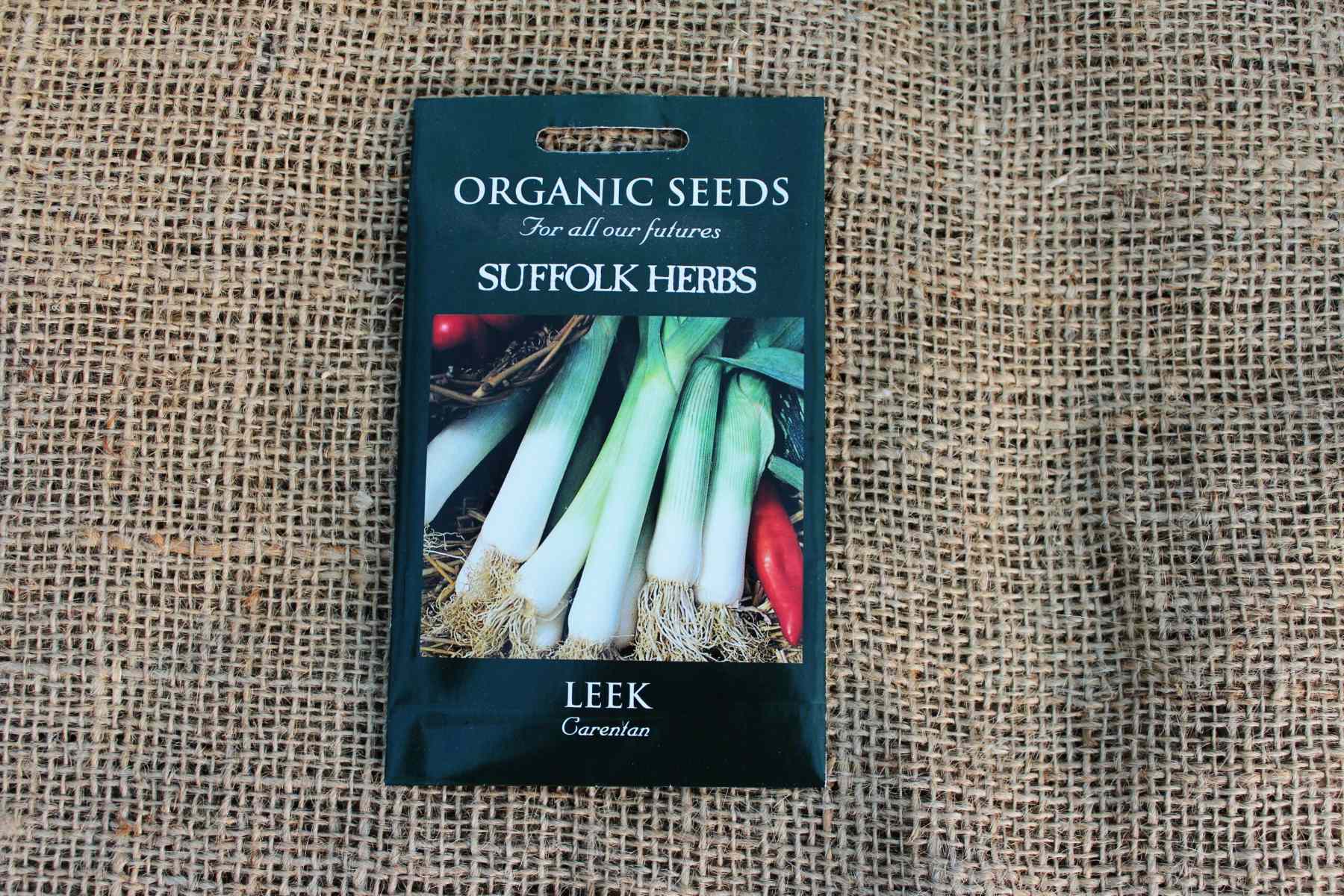
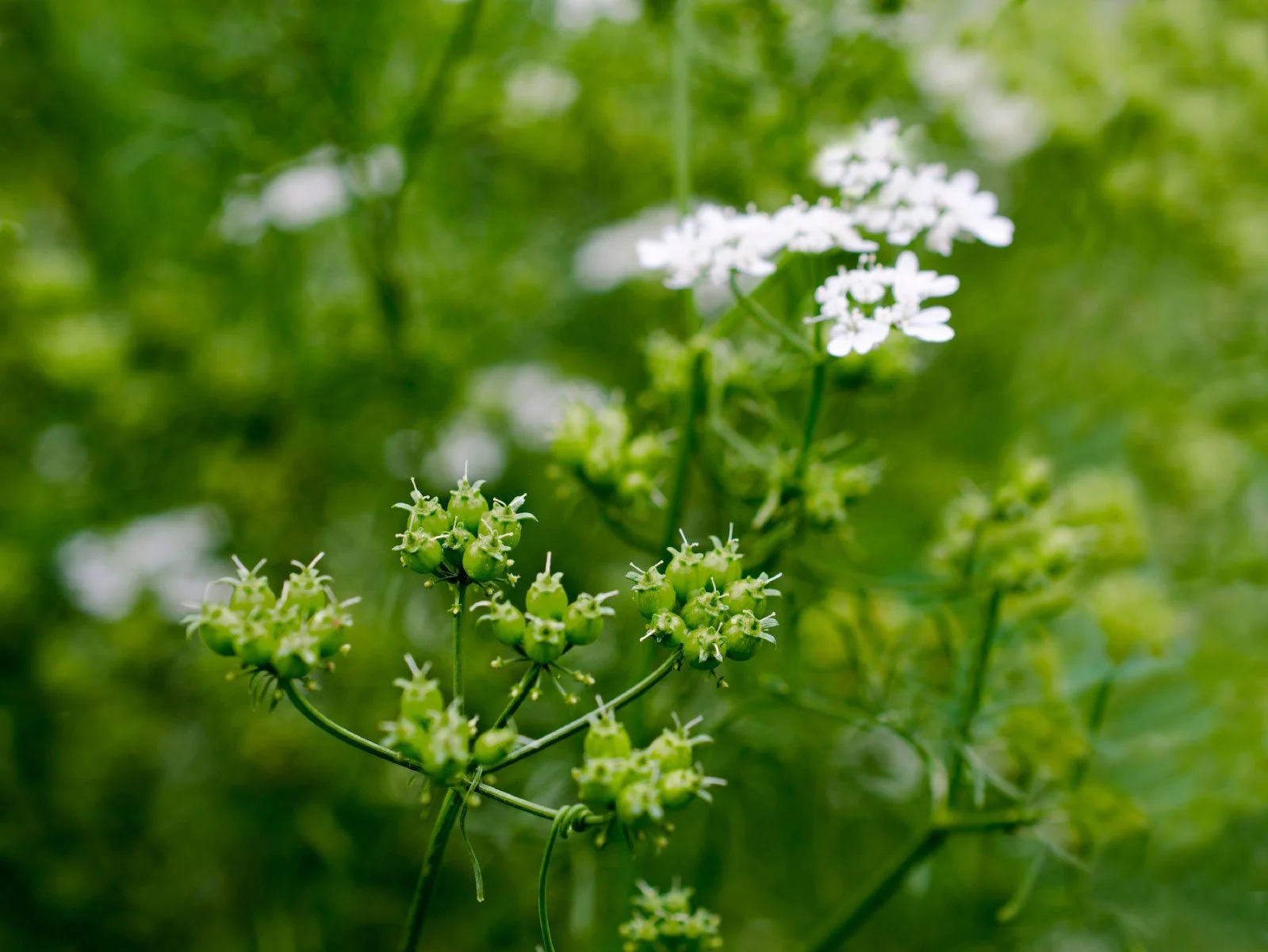
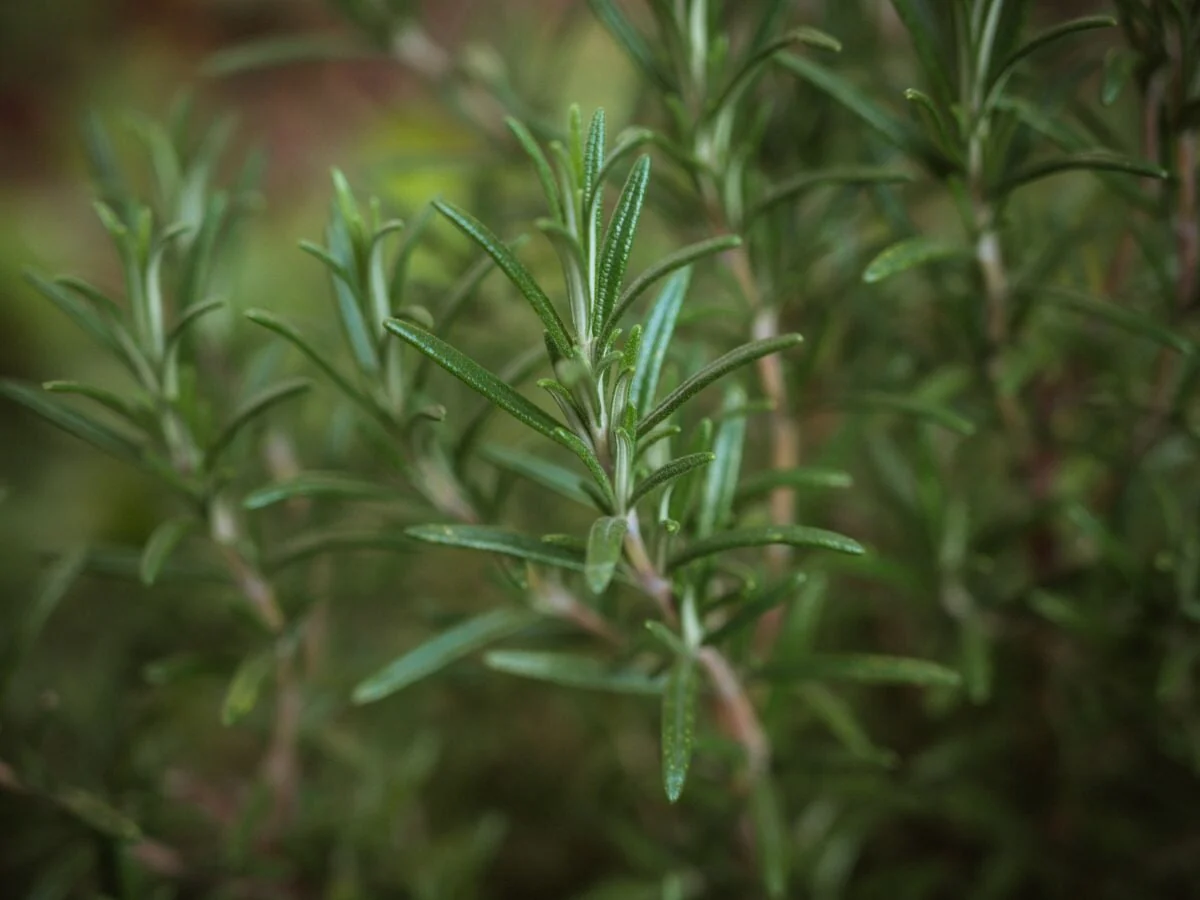
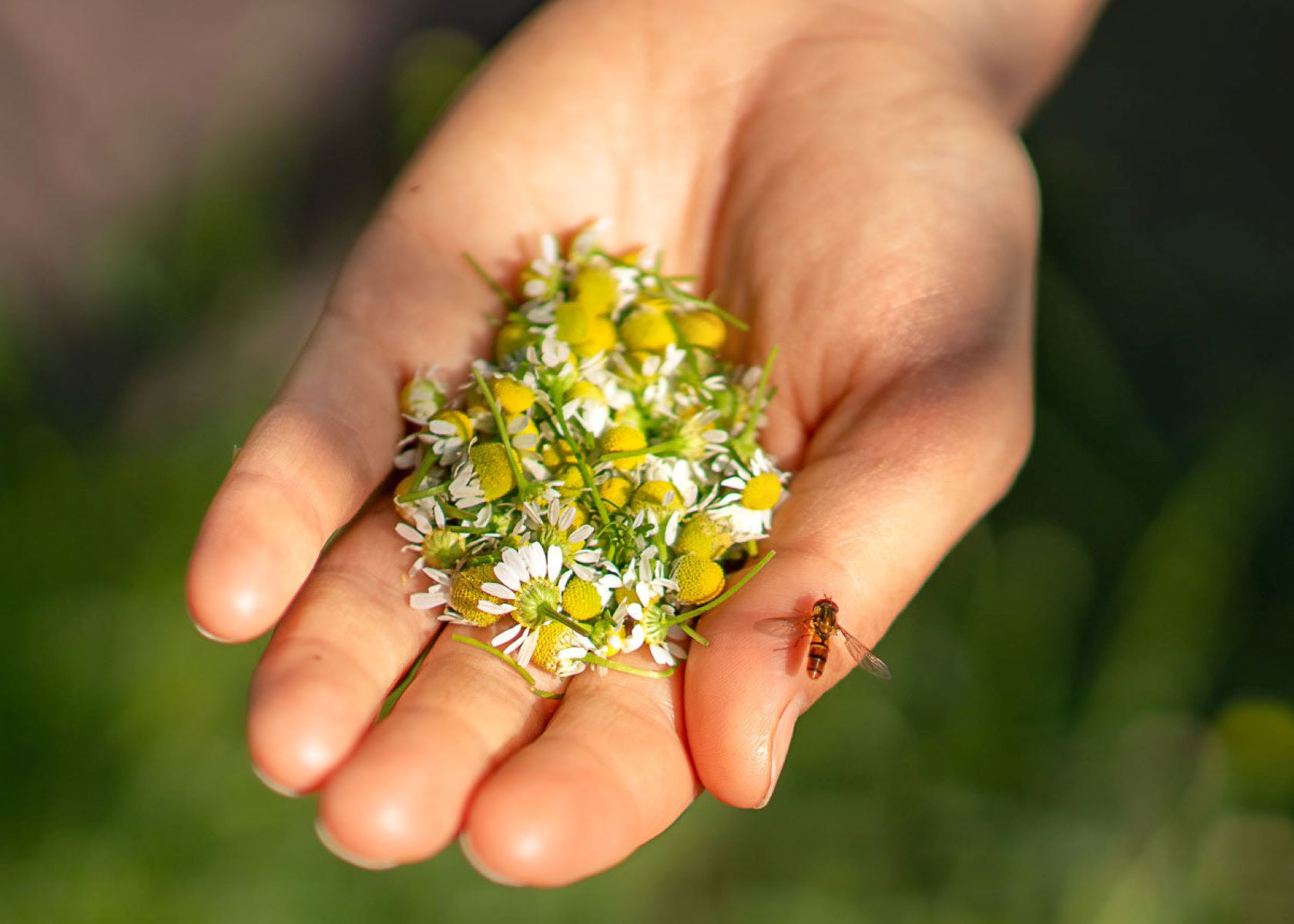
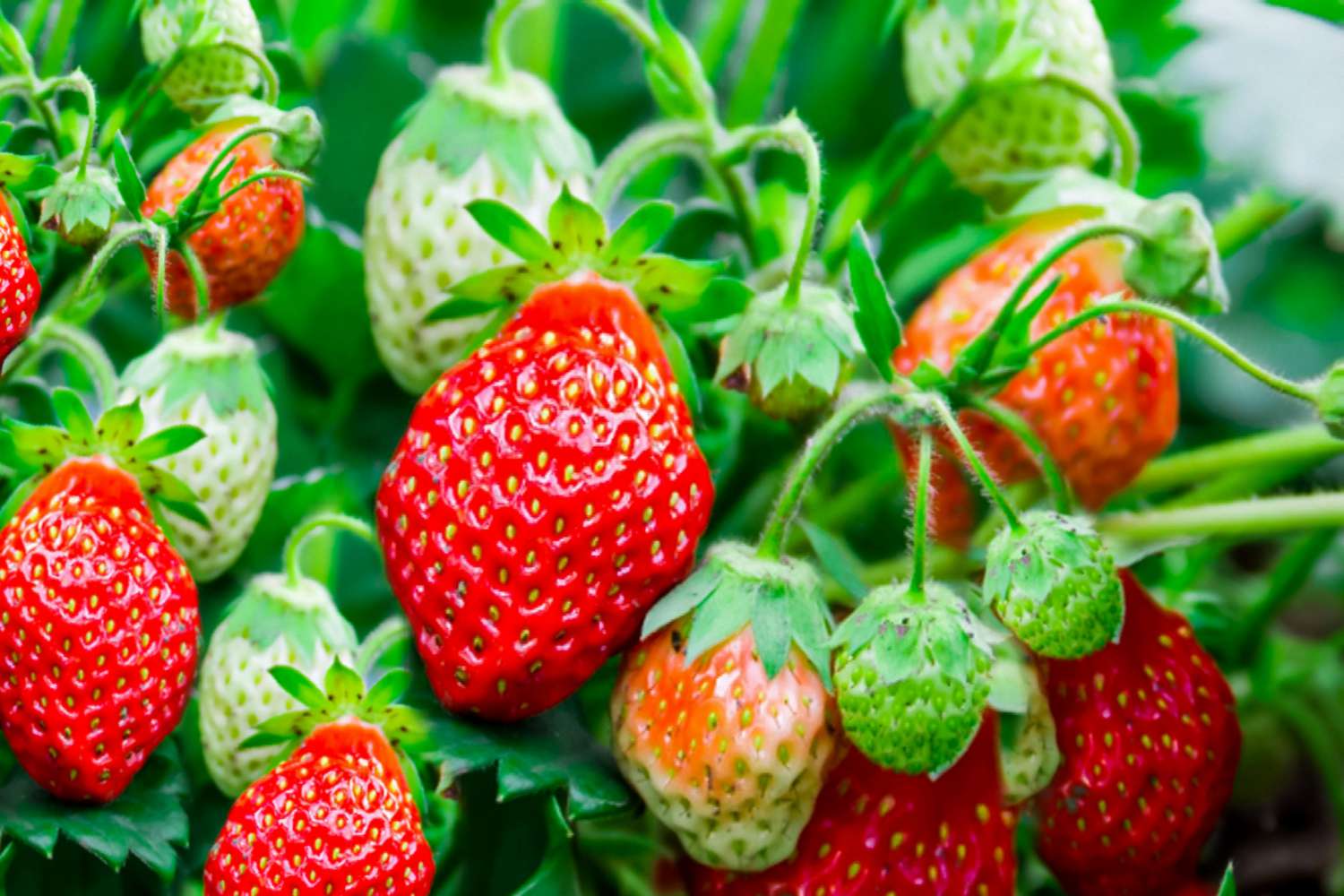
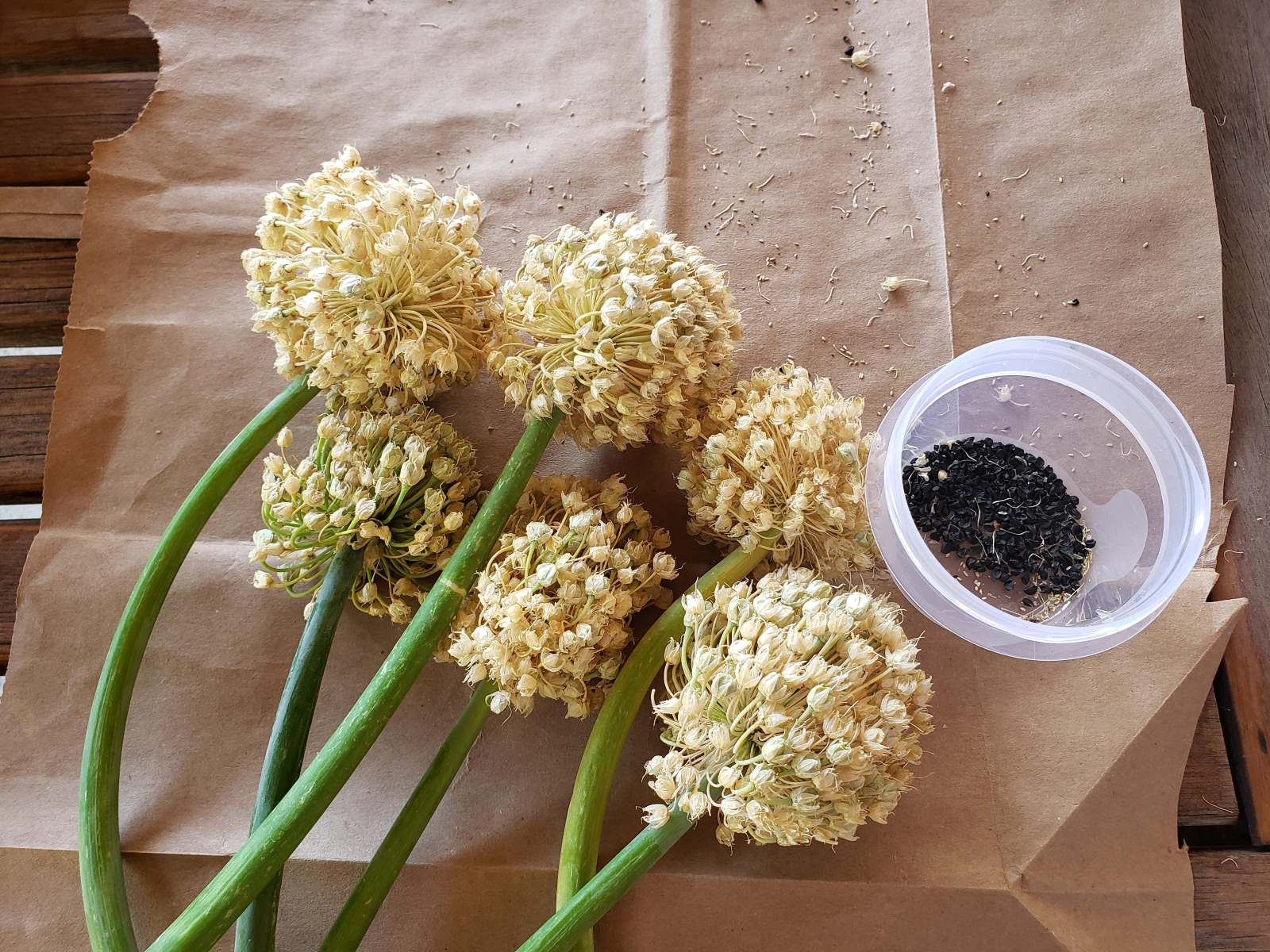
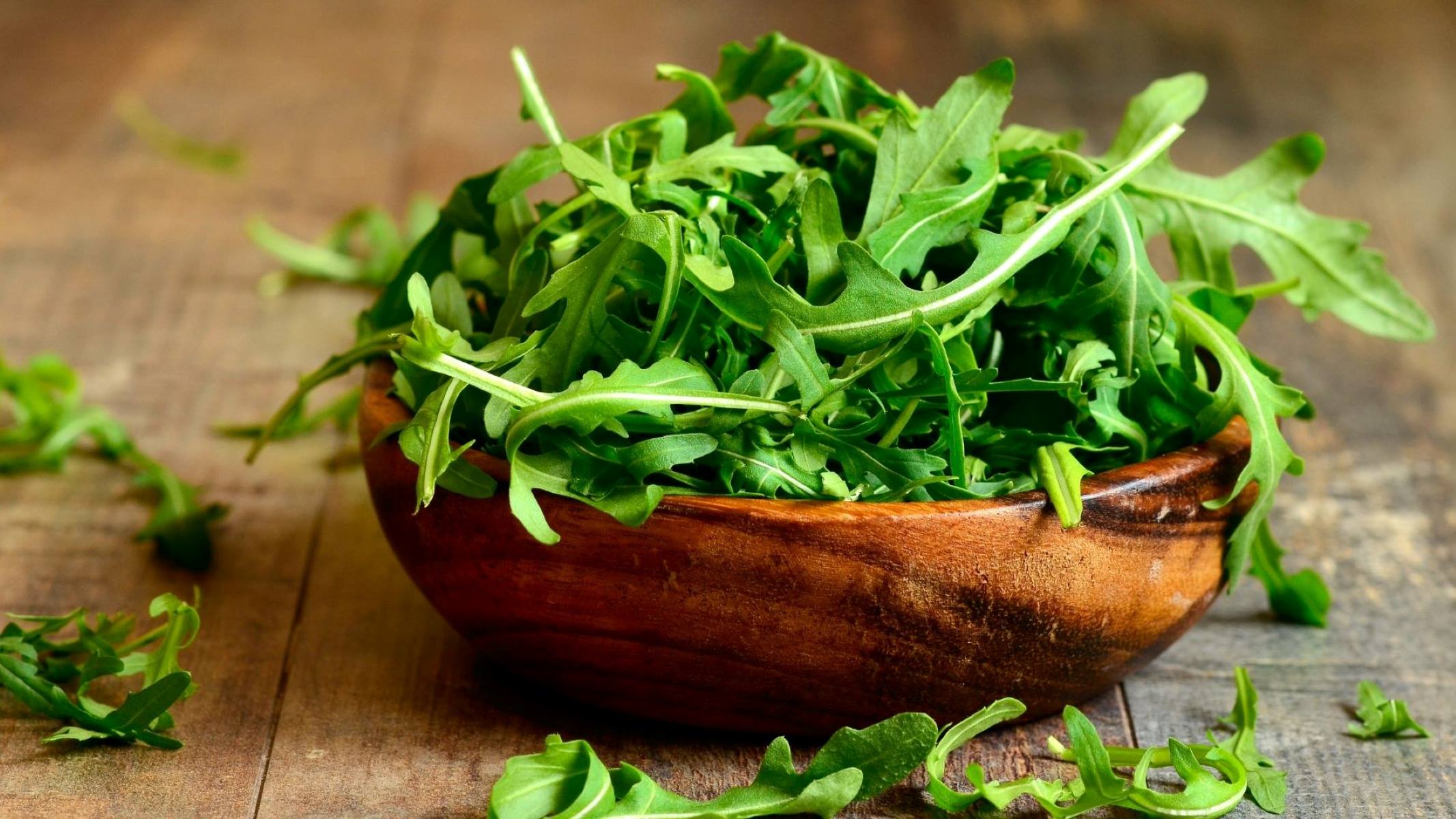
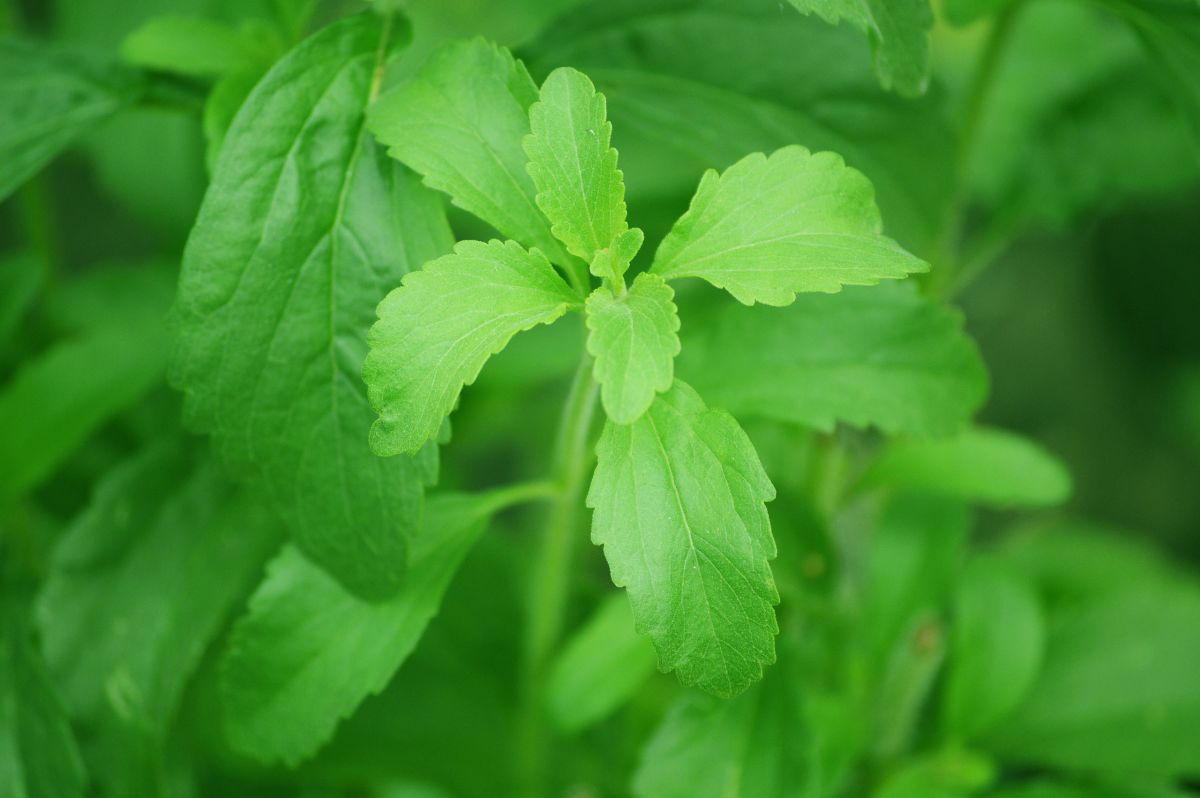

0 thoughts on “How To Harvest Wheatgrass Seeds”